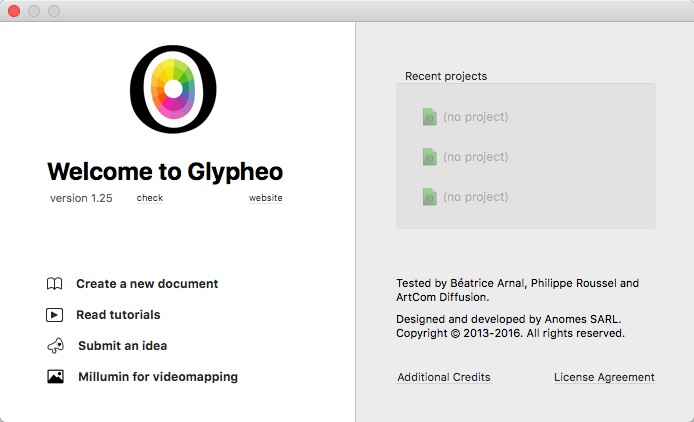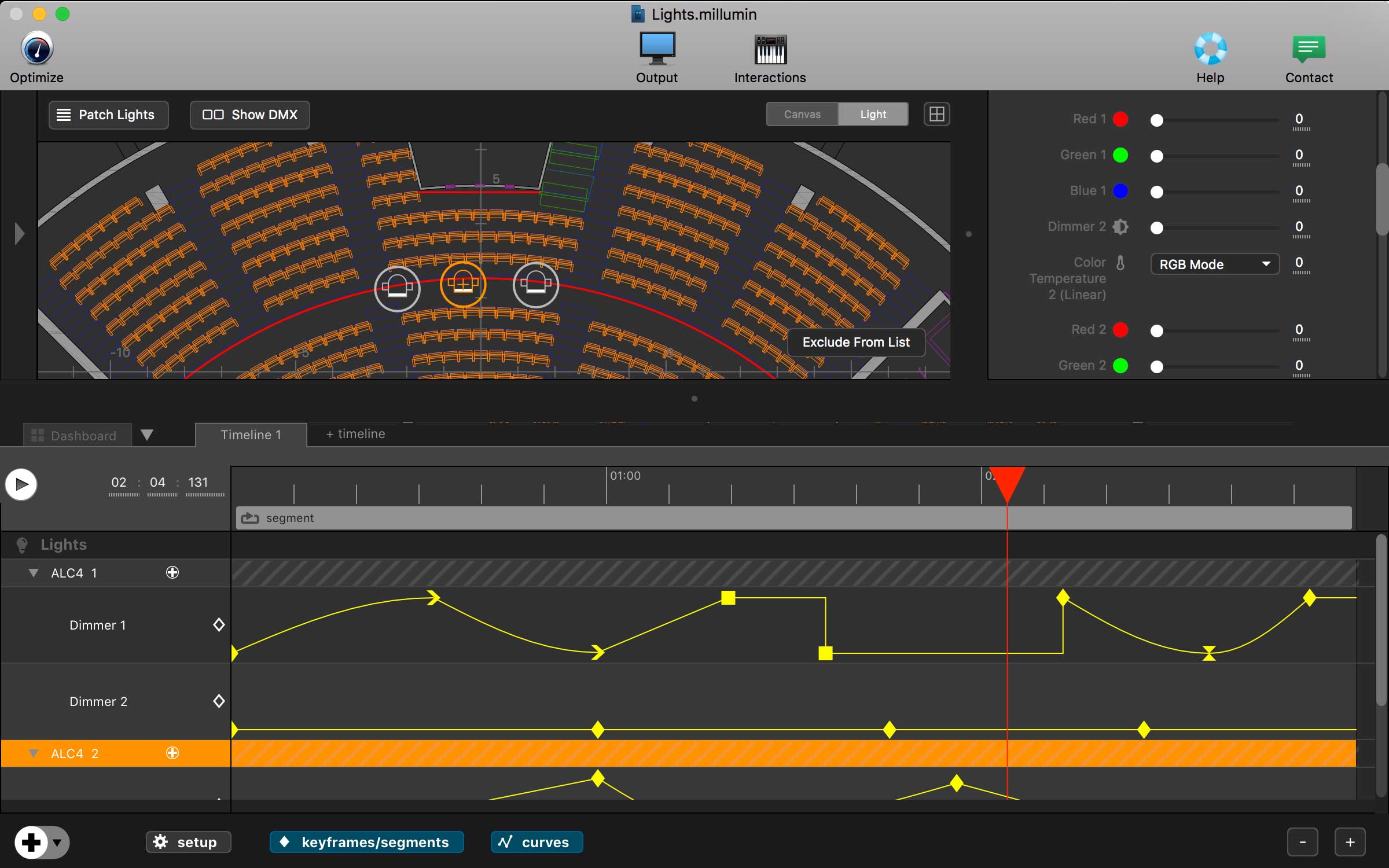

Maybe this would also be an opportunity for co-branding and sponsorship, as in "Isadora-powered by AMD" or something. The price point would need to be right for these users, though, and I think a tiering option would be imperative. Again, artists who might not be tech-savvy enough to want to spec out different machines. I don't think I would personally use this, but I know of many folks who might. If we offered a hardware package, would you be interested to buy it?.I feel like there should be discounts for "non-profit" and "student/educational" licenses, but as others have stated, it's somewhat hazy where to make that distinction. Should there be a difference in price for commercial and non-commercial use?.I guess it would depend on what that premium support entails. I don't think I would necessarily go in for premium support, but I can see how that might be beneficial for some. Should we offer premium support and charge more for those who receive it? (Or offer a less expensive version that comes with forum-only support?).I think there's room to increase this number, but if it were to go over $750, I might start getting the stink-eye from those in charge of the budgets. The current pricing structure seems reasonable to me and the types of venues I usually work.

What should the buy to own price for a new license be.
Millumin license media server full#
I frequently work in small theatres who may not be comfortable dropping the full purchase price for an unknown-to-them software they may only use for one production. However, I think a rent-to-own option (as opposed to, or in addition to a subscription), including daily rates if possible would be super helpful.
Millumin license media server how to#
I'm not sure how to facilitate that, though. tutorial videos, demos, user projects on Youtube, showcasing both the novice and diy users as well as the big-budget, high profile productions. I've no idea why Qlab became the standard for theatre, or Resolume for VJ, etc. Capping it at a low resolution, only accessing one stage, or perhaps using a watermark on the stages would be a possibility.

I also think having a fully functional demo version, with the ability to save, would be helpful for those first learning the program. Suggestions already offered of a highly produced sample patch, showing off some of Izzy's capabilities and possibilities, coupled with a package of a few very basic and often used sample patches, would go a long way toward helping artists who aren't necessarily as tech-savvy learn how to "talk" to Isadora. I hear from a lot of non-tech artists doing Fringe that while they may have heard of Isadora, it's intimidating to them as laypeople. Coming from a theatre background, and especially running a Fringe Festival, QLab is the definite go-to solution. That being said, I think raises some interesting points about Isadora's niche in the market. And I think a large part of that feeling has to do with Mark's "concern for artists and artmaking." So again, thank you to the Isadora team for the amazing support you've given your user base. QLab is a tool I sometimes use in my work, but Isadora is my creative outlet. Speaking for myself (though I have a feeling a lot of other users share this sentiment), I have a very special relationship with Isadora that I don't have with other software.


 0 kommentar(er)
0 kommentar(er)
